10 Best Herbal Creams For Postoperative Recovery
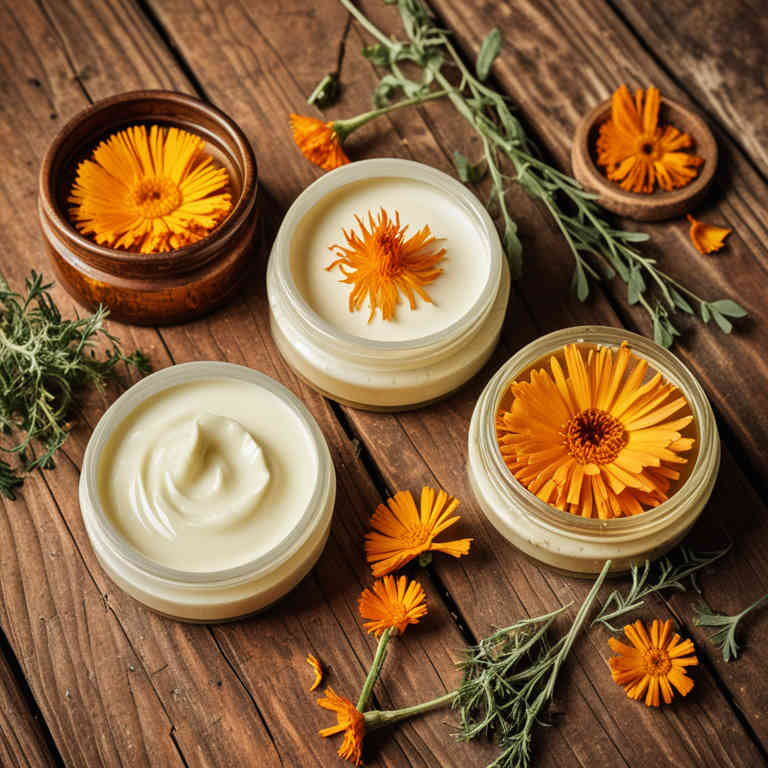
Herbal creams are increasingly being used to support postoperative recovery due to their natural ingredients that may help reduce inflammation and promote tissue healing.
These creams often contain plant-based compounds such as aloe vera, chamomile, and turmeric, which are known for their soothing and anti-inflammatory properties. They can be applied topically to surgical sites to alleviate discomfort and speed up the healing process. While they are generally safe, it is important to consult with a healthcare provider before using any herbal products to ensure they do not interact with other treatments.
Overall, herbal creams offer a complementary approach to traditional postoperative care, enhancing patient comfort and recovery outcomes.
FREE Herb Drying Checklist
How to make sure every batch retains maximum flavor, color, and aroma without the risk of mold or over-drying. Eliminate guesswork and trial-and-error, making herb drying faster, easier, and more efficient every time.
Table of Contents
1. Hypericum perforatum
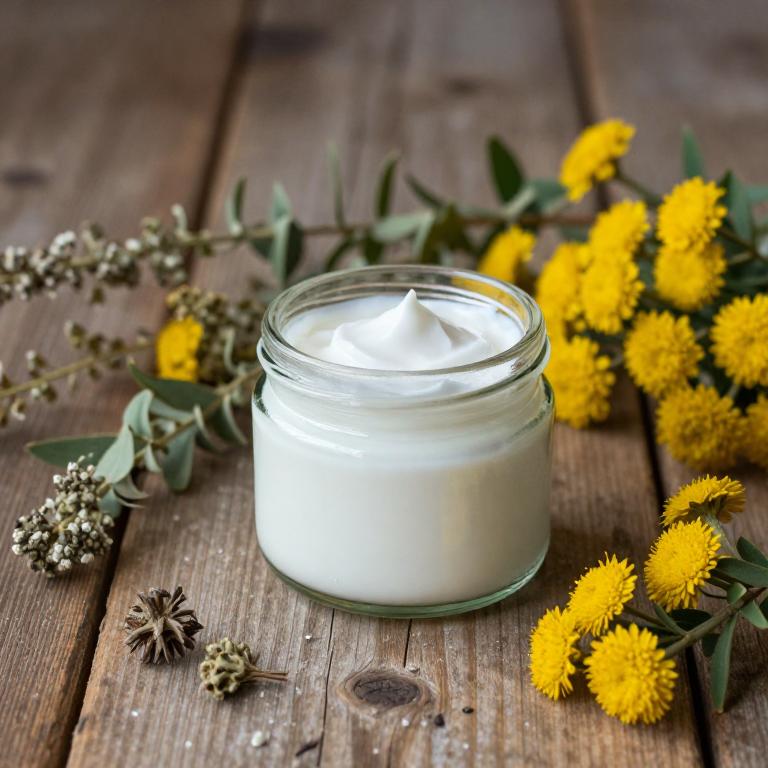
Hypericum perforatum, commonly known as St. John's Wort, has been traditionally used for its anti-inflammatory and analgesic properties, making it a potential candidate for use in herbal creams aimed at postoperative recovery.
When formulated into a topical cream, hypericum perforatum may help reduce inflammation, swelling, and pain at the surgical site, promoting faster healing. These creams are often favored for their natural composition, which may be appealing to patients seeking alternatives to conventional pharmaceuticals. However, it is important to note that the efficacy and safety of such creams can vary, and they should be used under the guidance of a healthcare professional.
While some studies suggest potential benefits, more rigorous clinical trials are needed to fully establish their role in postoperative care.
2. Urtica dioica
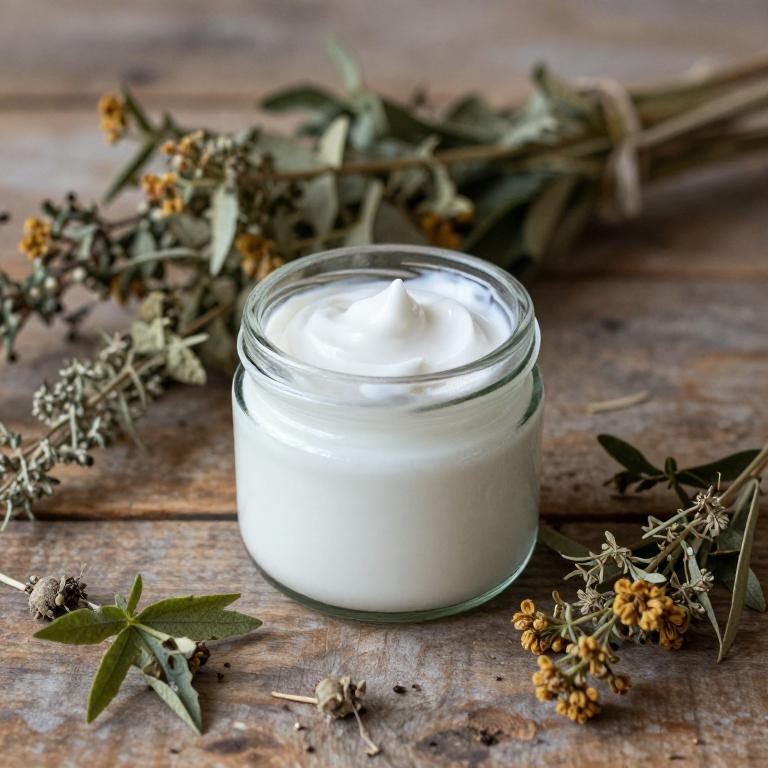
Urtica dioica, commonly known as stinging nettle, has been traditionally used in herbal medicine for its anti-inflammatory and regenerative properties.
Herbal creams containing Urtica dioica are increasingly being explored for their potential role in postoperative recovery due to their ability to reduce swelling and promote tissue repair. These creams may help alleviate pain and accelerate healing by stimulating circulation and reducing oxidative stress in the affected area. However, it is important to consult with a healthcare provider before using such creams, as they may interact with certain medications or cause allergic reactions in some individuals.
Despite promising traditional use, more clinical studies are needed to fully establish their efficacy and safety in postoperative care.
3. Aloe barbadensis
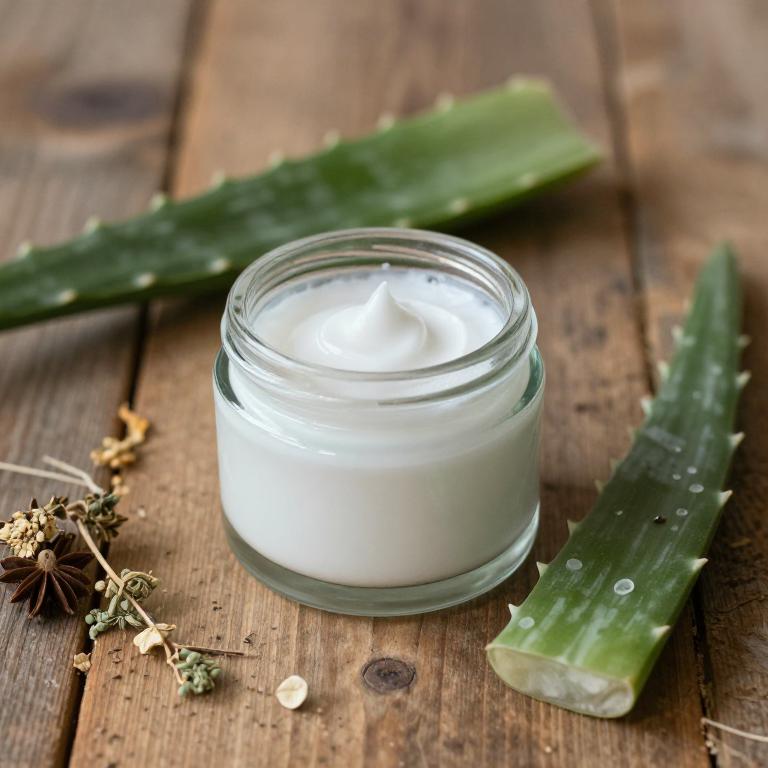
Aloe barbadensis, commonly known as aloe vera, is often incorporated into herbal creams designed to support postoperative recovery due to its anti-inflammatory and soothing properties.
These creams can help reduce swelling, redness, and irritation at the surgical site, promoting a more comfortable healing process. The gel from aloe vera is rich in vitamins, minerals, and amino acids that may enhance skin regeneration and tissue repair. When used as part of a comprehensive postoperative care regimen, aloe-based creams can aid in preventing infections and improving the overall healing outcome.
However, it is important to consult with a healthcare provider before using any herbal remedies to ensure they are safe and appropriate for individual medical conditions.
4. Rosa canina
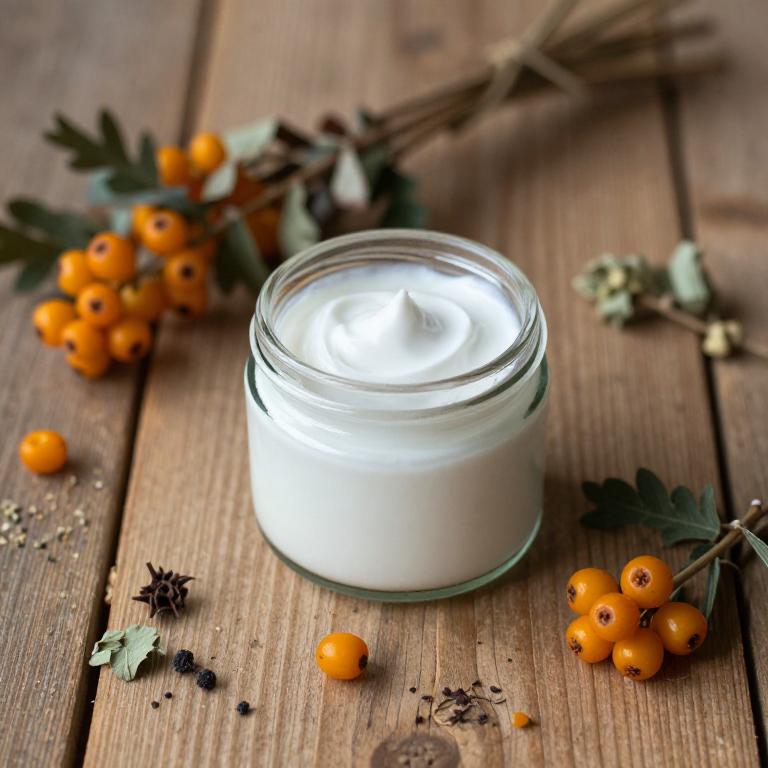
Rosa canina, commonly known as rosehip, is a traditional herbal remedy that has gained popularity for its potential benefits in postoperative recovery.
The oil extracted from rosehip seeds is rich in essential fatty acids, vitamins, and antioxidants, which can support tissue repair and reduce inflammation. Rosa canina herbal creams are often used to alleviate pain, improve skin elasticity, and promote healing in areas affected by surgery. These creams may also help reduce scarring and enhance the overall recovery process by nourishing the skin and supporting cellular regeneration.
As a natural alternative to some pharmaceutical treatments, rosa canina creams are increasingly being recommended by healthcare professionals for their gentle yet effective properties.
5. Arnica montana
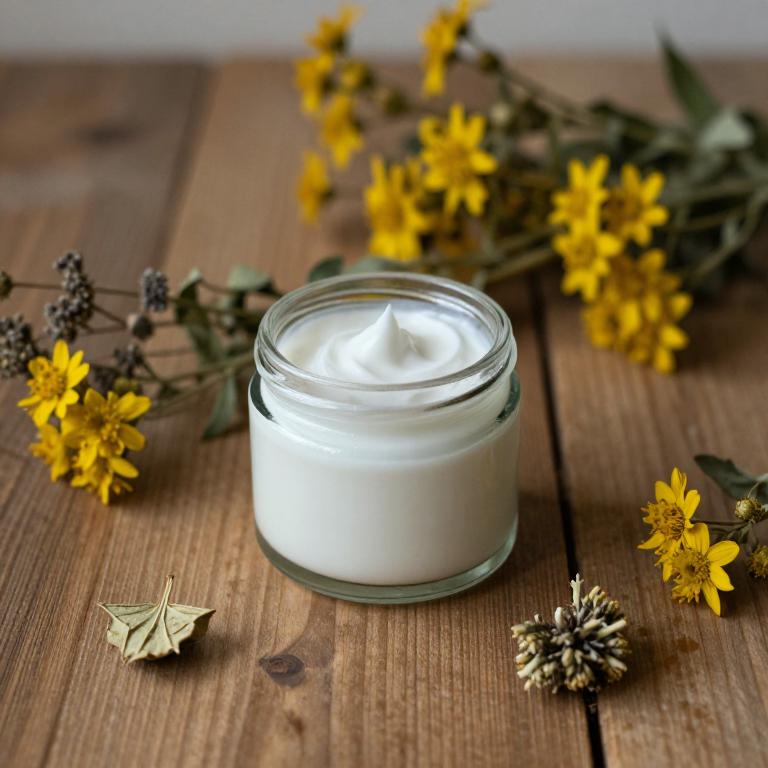
Arnica montana herbal creams are commonly used to support postoperative recovery due to their anti-inflammatory and pain-relieving properties.
These creams are derived from the dried flowers of the Arnica montana plant, which has been traditionally used in herbal medicine for centuries. When applied topically, they can help reduce swelling, bruising, and discomfort in the affected area, promoting faster healing. However, it is important to note that arnica should not be used on open wounds or broken skin, as it may cause irritation.
Always consult with a healthcare provider before using arnica montana creams, especially if you have a history of allergies or are taking other medications.
6. Calendula officinalis
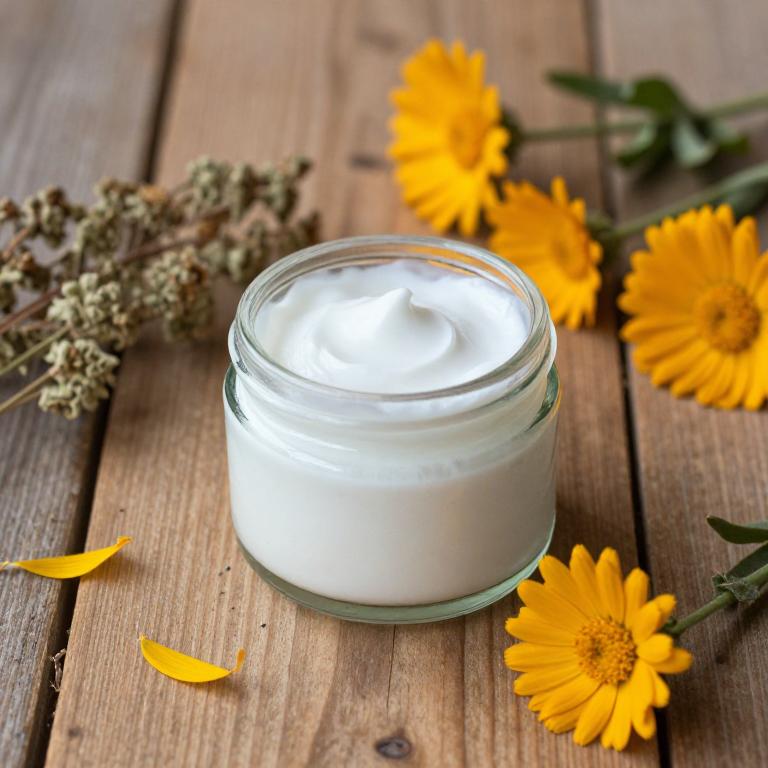
Calendula officinalis herbal creams are increasingly being used to support postoperative recovery due to their anti-inflammatory, antimicrobial, and wound-healing properties.
These creams contain extracts from the Calendula flower, which have been traditionally used in herbal medicine for their soothing and protective effects on the skin. When applied to surgical wounds, calendula creams can help reduce inflammation, prevent infection, and promote faster healing by stimulating cell regeneration. Their gentle formulation makes them suitable for sensitive skin, reducing the risk of irritation during the recovery process.
As a natural alternative to some synthetic topical treatments, calendula officinalis creams offer a holistic approach to postoperative care.
7. Zingiber officinale
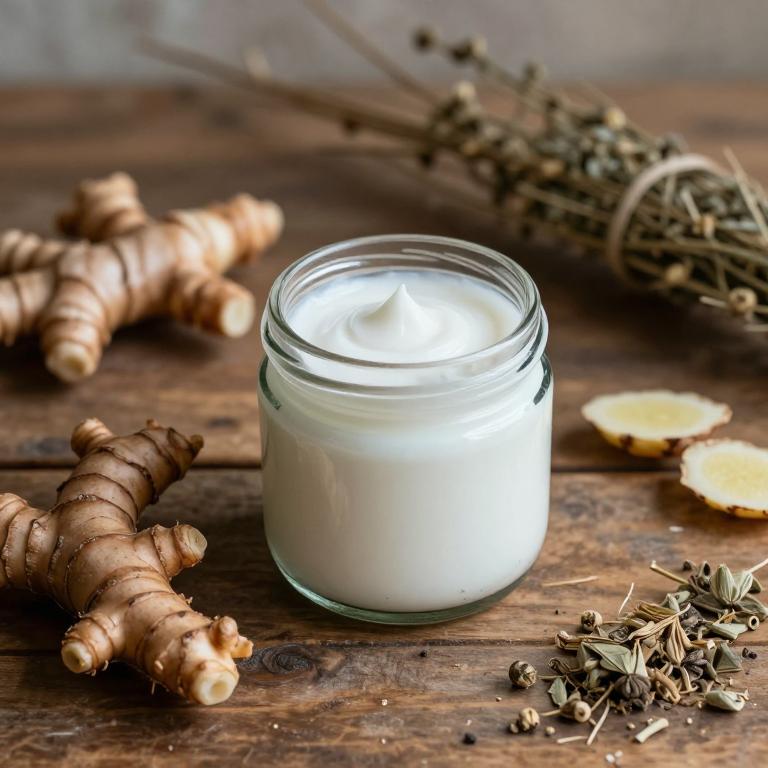
Zingiber officinale, commonly known as ginger, has been traditionally used for its anti-inflammatory and analgesic properties, making it a valuable ingredient in herbal creams designed for postoperative recovery.
These creams often incorporate ginger extract to help reduce swelling, pain, and inflammation in surgical wounds, promoting faster healing. The active compounds in ginger, such as gingerol and shogaol, work by inhibiting inflammatory pathways in the body, which can ease discomfort during the recovery period. When applied topically, ginger-based creams provide a natural alternative to conventional pain relievers, offering relief without the side effects associated with pharmaceuticals.
As a result, zingiber officinale herbal creams are increasingly being recommended by healthcare professionals as a complementary therapy in postoperative care.
8. Cimicifuga racemosa
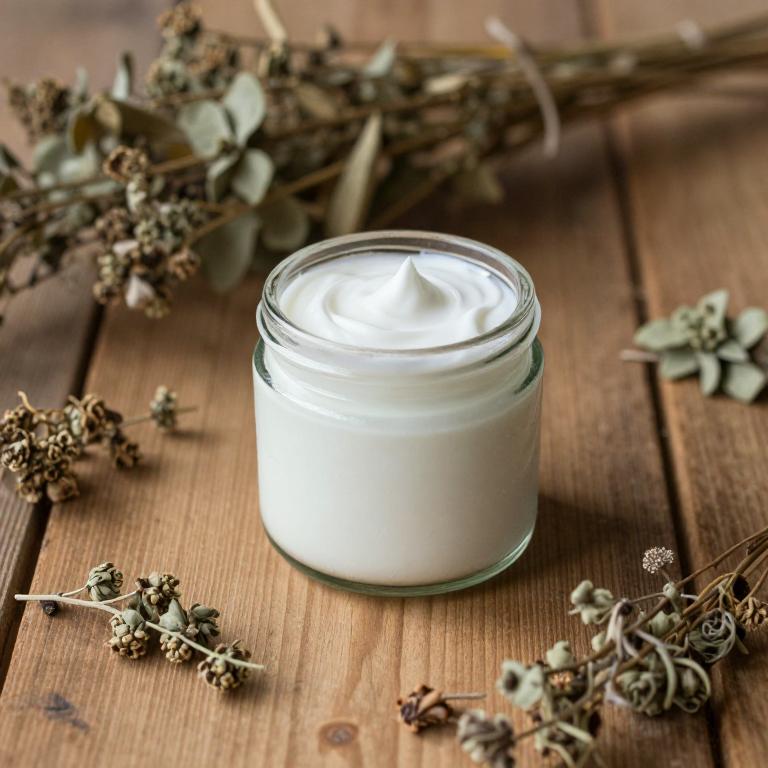
Cimicifuga racemosa, commonly known as black cohosh, is a herbal remedy that has been traditionally used to support postoperative recovery, particularly in women experiencing hormonal imbalances or menopausal symptoms.
Herbal creams containing Cimicifuga racemosa are formulated to provide localized relief from inflammation, pain, and muscle tension, which are common after surgical procedures. These creams are often favored for their natural composition, which may reduce the risk of side effects compared to synthetic pharmaceuticals. While research on their efficacy is ongoing, some studies suggest that the plant's compounds may have anti-inflammatory and analgesic properties.
As with any herbal treatment, it is important to consult a healthcare provider before use to ensure safety and appropriateness for individual health conditions.
9. Vitex agnus-castus
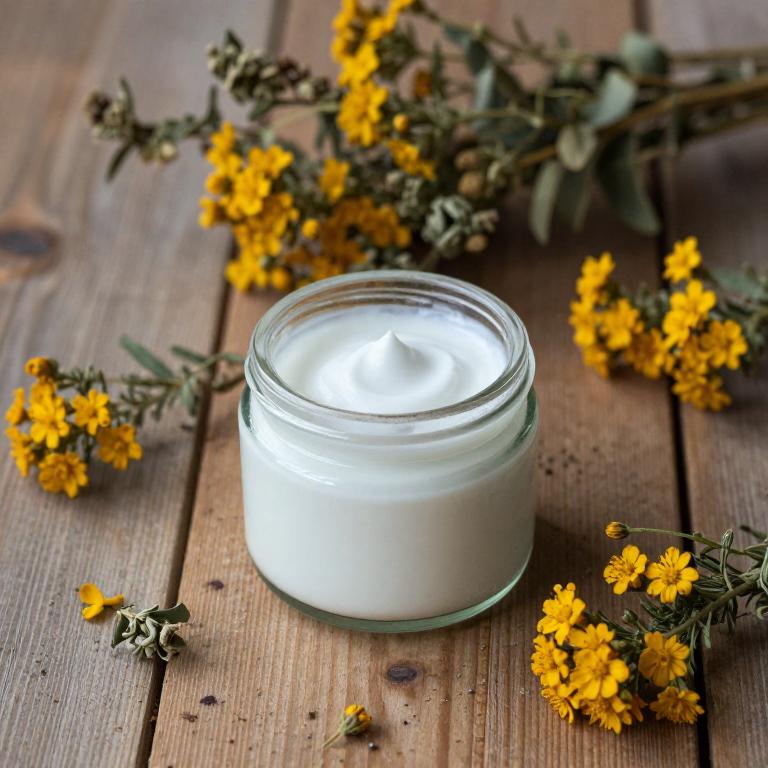
Vitex agnus-castus, commonly known as chasteberry, has been traditionally used in herbal medicine for its potential hormonal balancing properties.
When incorporated into postoperative recovery creams, it may support tissue healing and reduce inflammation due to its antioxidant and anti-inflammatory compounds. These creams are often used to alleviate symptoms such as pain, swelling, and irritation following surgical procedures. The soothing effects of vitex agnus-castus can promote faster recovery and enhance skin regeneration.
However, individuals should consult with a healthcare provider before using these creams, especially if they are on medication or have underlying health conditions.
10. Matricaria chamomilla
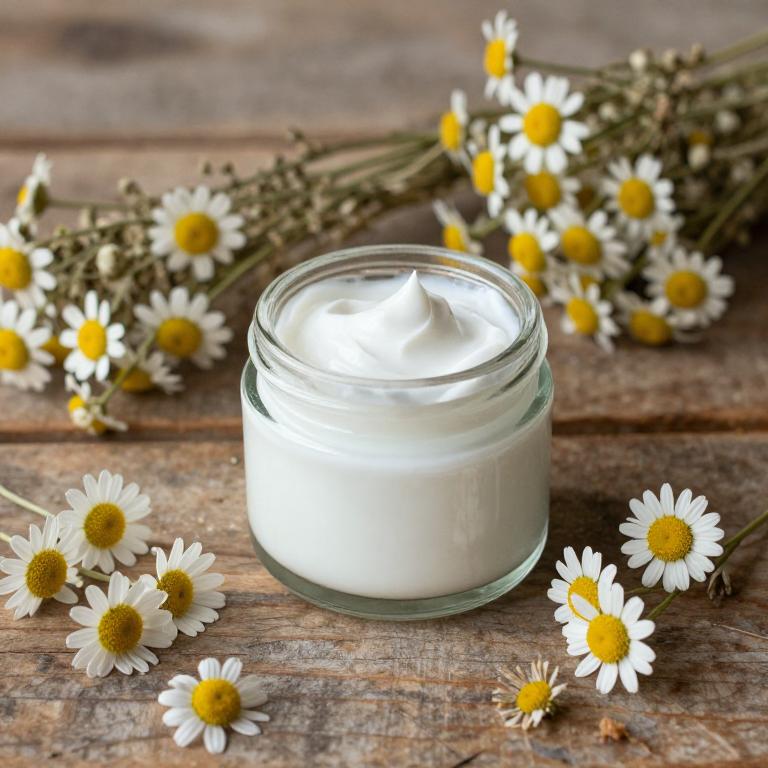
Matricaria chamomilla, commonly known as chamomile, is a popular herbal ingredient used in the formulation of creams designed to support postoperative recovery.
These creams are valued for their soothing and anti-inflammatory properties, which can help reduce swelling, redness, and irritation following surgical procedures. Chamomile contains compounds like bisabolol and chamazulene, which have been shown to promote skin healing and alleviate discomfort. When applied topically, chamomile-based creams may provide a calming effect, aiding in the overall comfort of patients during their recovery period.
As a natural alternative to some pharmaceutical treatments, these creams are often recommended for their gentle yet effective approach to postoperative skin care.